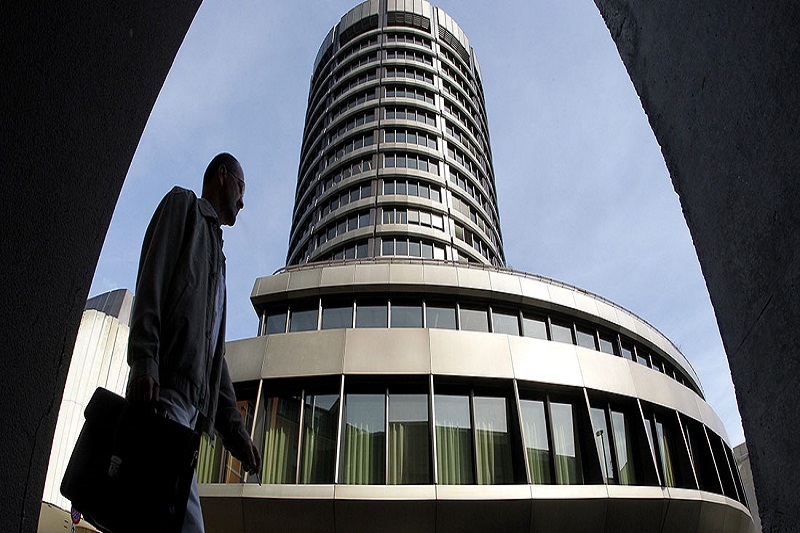Last updated on March 14th, 2023 at 08:47 am
Small banks are expected to have a drop of 2% in their Tier 1 capital requirements under the Basel III rules, according to the figures from the latest Basel Committee on Banking Supervision, which is the primary global standard organisation for the prudential regulation of banks.
According to the Basel Committee on Banking Supervision, the latest move opposes a previously estimated 5.7% increase in their minimum required capital (MRC) using end-2021 figures.
Reportedly, the average capital drop for Group 2 banks is directed by a decrease in required capital requirements linked to the leverage ratio. According to the latest Basel Committee on Banking Supervision report, the output floor, a central element in the Basel 3.1 standards, can increase banks’ minimum required capital by 5 per cent. The capital requirements for credit risk and securitisation would also add 2.3 per cent to the total.
Related Posts
Group 1 banks can see an increase of 2.8 per cent in their capital requirements. The global systemically important banks would witness an increase of 3.2 per cent in their Tier 1 capital charge.
Basel Committee’s latest Basel III monitoring report analyses the effects of new regulatory standards on large banks by taking capital, liquidity, and leverage ratio. It is based on end-June 2022 data from 182 banks, including 115 Group 1 banks.
Basel Committee on Banking Supervision is an international committee made up of Central Banks and other banking regulatory authorities from 28 jurisdictions. Australia, Argentina, Belgium, Brazil, Canada, China, France, Germany, Hong Kong, India, Indonesia, Italy, Japan, Korea, Luxembourg, Mexico, Netherlands, Russia, United States, Turkey and the United Kingdom are some of the member countries. Basel Committee member countries must adopt reforms by 2028.
Also Read:- Uganda passes an anti-gay law with severe penalties

